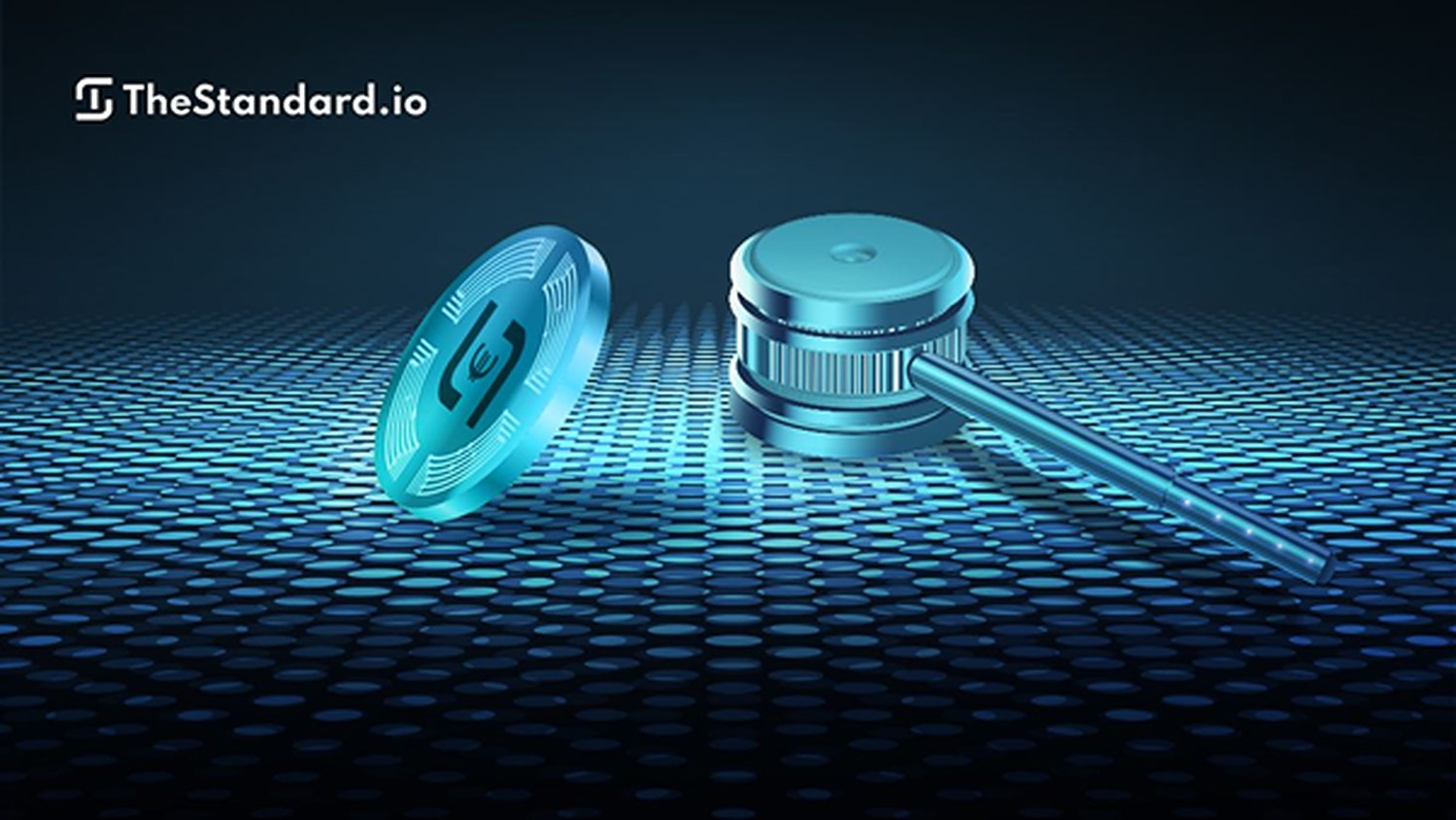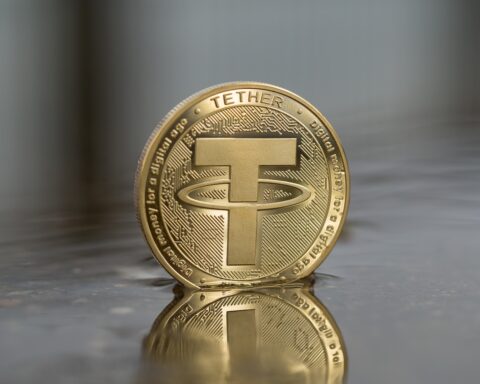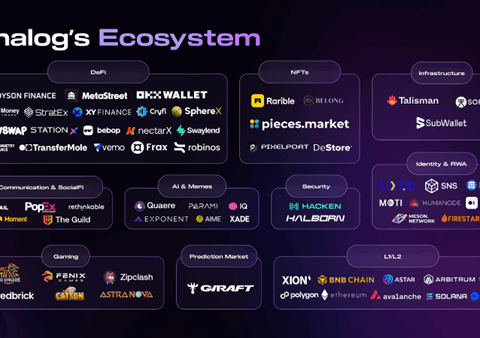The Fall of a Giant
Earlier this year, algorithmic stablecoin project TerraUSD (UST) – once touted as the future of stability in crypto – collapsed. From its April market capitalization height of over $14 billion, in less than a week, holders of the beleaguered stablecoin saw their investments become worthless, sending shockwaves through the space and calling into question the effectiveness of algorithmic stability.
Unlike other stablecoins, UST was not pegged to a stable reserve asset such as gold or the US dollar. Instead, algorithms controlled UST’s peg by exchanging it for a sister floating cryptocurrency called LUNA when UST decoupled from the peg.
This system was inherently predicated on demand for LUNA remaining high (and therefore its price increasing). When both UST fell significantly below the peg twice in one week, and demand for LUNA collapsed, that was the end.
The project’s eccentric founder, Korean entrepreneur Do Kwon, aggressively attempted to defend the project and its technical soundness, deploying millions in reserved capital to re-introduce demand. However, as many in the crypto space pointed out, it very quickly became clear that this strategy would not work as TerraUSD’s downfall was entirely the fault of a flawed approach to achieving stability.
A New Standard Emerges
One of those voices was Joshua Sciagala, co-founder of Bitcoin exchange Vaultoro and stablecoin project TheStandard.io. Scigala predicted the collapse of TerraUSD, pointing to the flawed closed feedback loop that was required to sustain its peg, and instead started work on a new stablecoin infrastructure that would emulate one of the world’s most successful safe-haven currencies, the Gold Standard.
TheStandard.io proposes an over-collateralized model for crypto stability. This model encourages individuals to ‘stake’ assets in pools (which the protocol calls ‘Smart Vaults’), which can then be borrowed against, at zero interest, by minting tokens pegged to a fiat currency of choice.
Initially, individuals using this framework will be able mint sEURO, whose purpose will be to maintain a peg to the EURO. Minting sEURO will be incentivised by giving early purchasers a 20% discount with funds being used to build up a reserve of EVM compatible tokens, PAX Gold, wrapped BTC and MATIC in a pool called Protocol Controlled Value.
This will be followed by liquidity building for sEURO/USDC or another pegged stablecoin which will allow sEURO to maintain its peg.
TheStandard.io team has written a detailed explanation of how this process will work in this paper.
Once sEURO stabilizes and grows sufficiently in volume, TheStandard.io will open its framework up to any fiat currency its users wish to mint.
Is The Standard.io the Future of Stability in Crypto?
Similar to MakerDAO’s DAI, TheStandard.io creates a new stablecoin whose value is backed by committed assets. However, unlike MakerDAO, TheStandard.io will focus on creating a standard that would enable the minting of stablecoins that mirror all of the most trading currencies in the global economy.
Moreover, unlike TerraUSD, TheStandard.io does not rely on the creation of a new token that must maintain an increasing demand in order for its stablecoins to maintain parity with fiat currencies. Whether or not this framework will become the future of stability in crypto is to be seen.
However, TheStandard.io combines the best and avoids the worst of the biggest stablecoin successes and failures out there. Given the ever-increasing demand for stablecoins and the concerns about transparency, TheStandard.io might well be the experimentation the space needs.
Want to read more about The Standard? Read their blog here.
Follow Crypto Intelligence on Google News to never miss a story





